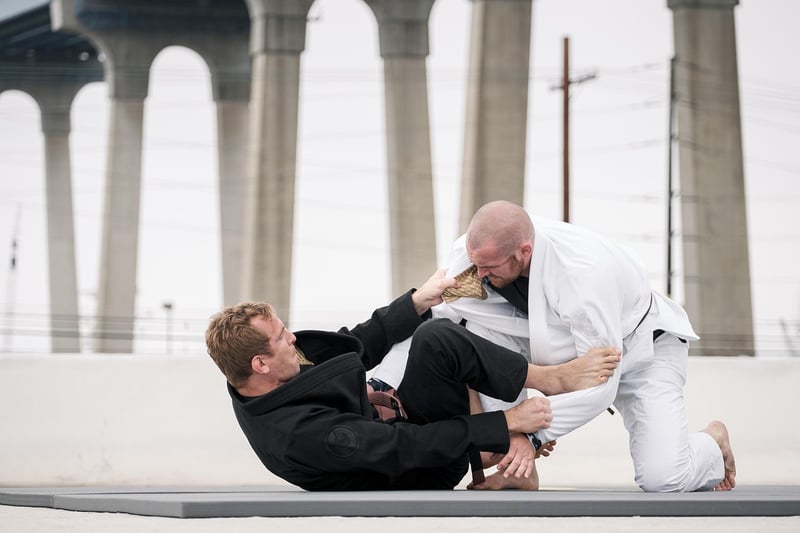Jiu-Jitsu
The Art of Discipline in Jiu-Jitsu: Mastering Combat Techniques
When it comes to martial arts, few disciplines embody the combination of grace, strategy, and power quite like Jiu-Jitsu. Originating from Japan and evolving into its Brazilian counterpart, Jiu-Jitsu is a martial art that focuses on grappling and ground fighting techniques. However, at its core, Jiu-Jitsu is not just about physical prowess—it's also about discipline.
The Importance of Discipline in Jiu-Jitsu
Discipline is the bedrock upon which all successful martial artists build their skills. In Jiu-Jitsu, discipline manifests in various forms:
- Consistent Training: To excel in Jiu-Jitsu, consistent training is key. This means showing up to class regularly, putting in the hard work, and constantly refining your techniques.
- Patience and Focus: Jiu-Jitsu is a complex martial art that requires patience and focus. Mastering techniques takes time, and staying focused during training sessions is crucial.
- Respect for Others: In Jiu-Jitsu, respect for your training partners and instructors is paramount. By showing respect, you create a positive training environment and foster a sense of camaraderie.
- Self-Control: During sparring sessions or competitions, maintaining self-control is essential. By staying calm and collected, you can make better decisions and execute techniques more effectively.
Mastering Combat Techniques in Jiu-Jitsu
While discipline forms the foundation of Jiu-Jitsu practice, mastering combat techniques is where the art truly shines. Some essential combat techniques in Jiu-Jitsu include:
- Guard Passing: The ability to pass your opponent's guard is crucial in Jiu-Jitsu. By mastering guard passing techniques, you can advance your position and set up submissions.
- Joint Locks: Joint locks are signature moves in Jiu-Jitsu, targeting the elbows, shoulders, and knees of your opponent. Proper execution of joint locks can lead to quick submissions.
- Chokes: Chokes are another staple of Jiu-Jitsu techniques, targeting the opponent's neck to restrict airflow and induce submission. Various types of chokes exist, each requiring precision and technique.
- Sweeps and Reversals: Sweeps and reversals allow a practitioner to go from a disadvantaged position to a dominant one. These techniques require timing and leverage to execute effectively.
By combining discipline with a deep understanding of combat techniques, Jiu-Jitsu practitioners can elevate their skills and reach new levels of proficiency in the art.
Embrace the Journey of Jiu-Jitsu
Whether you are a seasoned practitioner or a beginner taking your first steps on the mat, embracing the journey of Jiu-Jitsu is a rewarding experience. By cultivating discipline, honing combat techniques, and immersing yourself in the art, you can not only improve your physical abilities but also foster mental resilience and personal growth.
So, step onto the mat, bow to your partner, and let the art of Jiu-Jitsu guide you towards self-improvement and mastery.

Image Source: Pixabay
